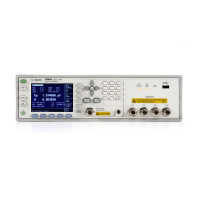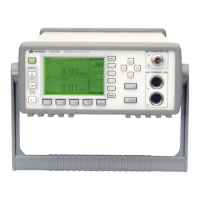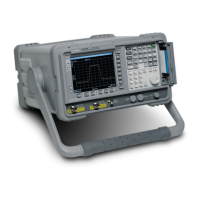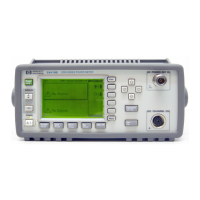Measurement
483
Example of Using Fixture Simulator
• Overview
• Measurement Circuit Example: DUT with Balanced Port
• Evaluation Using Actual Test Fixture
• Problems in Measurement with Actual Test Fixture
• DUT Evaluation using E5071C's Fixture Simulator
• Advantages of Balanced DUT Evaluation using Fixture Simulator
Other topics about Fixture Simulator
Overview
In this section, the fixture simulation function is explained based on an
evaluation example for a DUT (balanced SAW filter) with a balanced port.
Measurement Circuit Example: DUT with Balanced Port
The following figure shows an example of a measurement circuit used to
evaluate a balanced SAW filter. DUT port 1 is an unbalanced port
connected to source impedance R
s
and input matching circuit L
1
. DUT port
2 is a balanced port connected to an output matching circuit (C
1
, C
2
, and
L
2
) and load resistance R
L
.
Measurement circuit of balance SAW filter
Evaluation Using Actual Test Fixture
Generally, a test fixture as shown in the following figure is fabricated for
evaluating the characteristics of a DUT in a measurement circuit by using a
network analyzer.
In typical use, a network analyzer performs measurements at a 50 ohm
port reference impedance and in a single-ended (unbalanced) state.
Therefore, DUT port 1 can be connected directly to the test port of the
network analyzer.
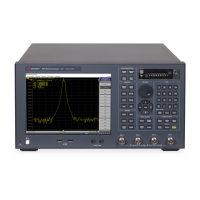
